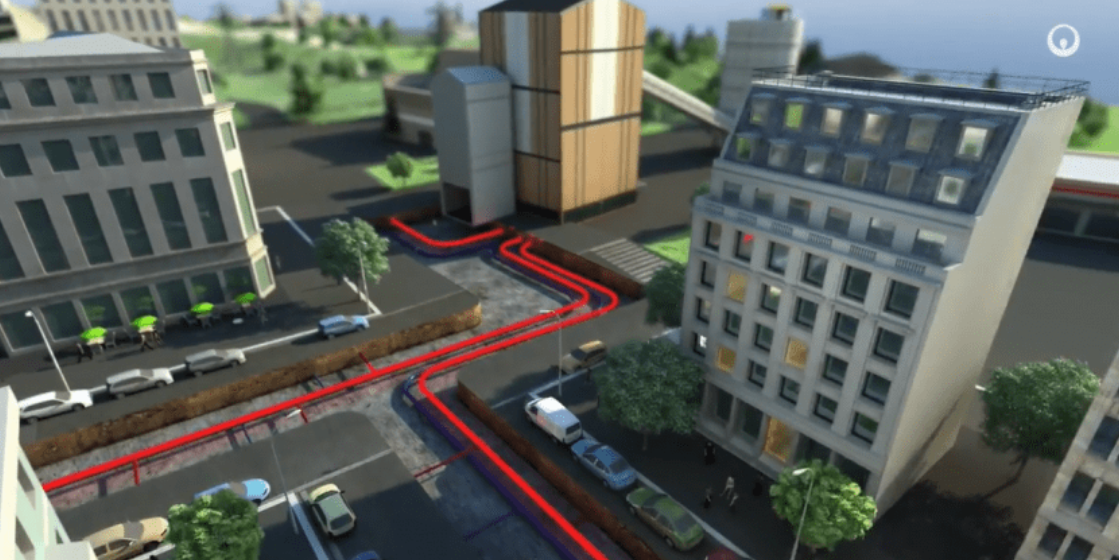The Spanish solar district heating market is still in its infancy. Among the 500 district heating networks in operation across the country totalling more than 1.6 GWth only seven use solar heat, according to the Association of District Heating and Cooling Companies (ADHAC).
Project developers report that there are barriers relating to unclear urban construction regulations when planning solar district heating plants. The good news, however, is that solar district heating is one of the eligible technologies within the new national grant scheme PREE, which has a budget of EUR 400 million until 2023.
In Spain, despite much more abundant solar resources, this technology is still in its infancy. According to Miguel Angel Armesto, ADHAC President, only 1.5 % of the district heating and cooling grids include solar technology. “Solar thermal requires more space and there is not currently a direct incentive for solar district heating,” explained Armesto.
According to Pascual Polo, President of the solar thermal association ASIT, “Today, the potential for district heating in Spain is underestimated and limited in areas with natural gas networks. Solar district heating is an innovative and promising solution that can be more cost-effective than gas district heating.”
Urban construction regulations thwart SDH
In Spain there have already been some promising SDH projects planned, for example in 2018 the Spanish city Alcalá de Henares announced their plan to build a renewable district heating grid for 12,000 inhabitants. However, according to Teodoro Lopez, head of DH Ecoenergías, the former promoter of the Alcalá project: “There is a lack of clarity in the urban installation rules. In Spain, we do not have a specific framework that allows district heating and, depending on the council, this is a disadvantage against other technologies.
However, he seems to be positive about the future. “We are already installing a heat network in Palencia town and expect to start two other new grids in 2022 in Castille Leon” reported López.
EUR 400 million available
According to Polo, “renewable heat is undervalued in terms of its potential within the political and social discourse.” The head of ASIT believes that it will be very difficult to achieve a renewable share of 42 % in energy end-use by 2030, up from 17 % today, unless the use of renewable heat and district heating is boosted. The 42 % target is part of the National Integrated Energy and Climate Plan in Spain and is coordinated with European targets.
ADHAC´s President Armesto is optimistic that the new Energy and Efficiency Building Rehabilitation Programme (PREE) will support investments in district heating and solar district heating technology. The programme provides EUR 400 million of direct subsidies for new solar water heaters, biomass boilers, and heat pumps until 3rd December 2023.
Websites of organisations mentioned in this news article:
www.adhac.es
www.asit-solar.com
Programme For Building Rehabilitation (PREE) can be found here.
Source and full article: www.solarthermalworld.org
